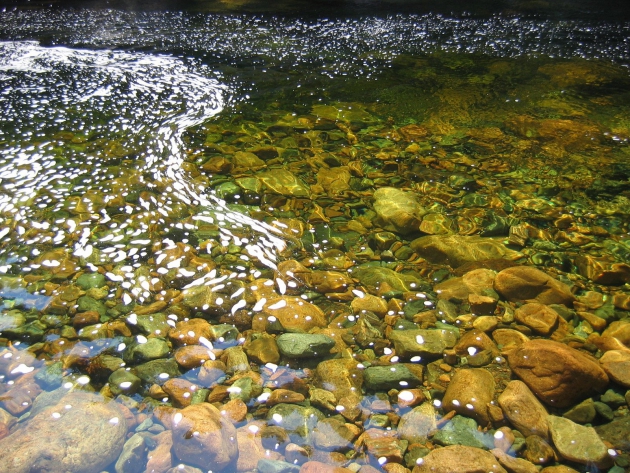With more than 30 years’ experience in the residential and commercial water treatment space, Mark Nelson is a Class 1 Drinking-Water Operator and a CBWA (Canadian Bottled Water Association) Certified Plant Operator. As founder and president of Nelson Water in Ottawa, Mark focuses on dealing with challenging water treatment system designs for problem water. He also heads the largest water bottling plant in the city of Ottawa with a delivery network throughout the Valley.
Whether you obtain your water from a well, or you live in an area where the groundwater contains silt or sand, sediment or water turbidity can be an issue. Fortunately, you don’t need to put up with bad water, as there are filtration options available. Let’s explore the range of options available to help you determine which is the best choice for your home.
The Turbidity Basics
Turbidity is the term used as a measure for suspended solids that are found in water. Suspended solids are any material larger than two microns in the water. If the particles are smaller than this, they are considered to be dissolved solids and will be invisible to the naked eye. Most forms of suspended solids are inorganic materials such as sand or silt, but algae and bacteria can also contribute to turbidity particles.
Turbidity can be created by anything floating or drifting in the water. It can also be a result of chemicals or decaying plant matter. These particles can not only affect the water clarity, but also affect the odor and taste of your water. Solids that are “settleable” such as silt, fine clay, gravel or sand may be stirred up when the aquifers refill after a storm. They can also be disturbed by manmade or other natural events such as an algae bloom or construction work nearby. While most forms of turbidity are not harmful to health, they can be an indicator of the overall water quality.
Water Filter Treatment Options
In most cases, turbidity can be easily treated using water filtration. Domestic water filter systems can be divided into two categories — point of use or whole house. Point of use systems offer a single treatment course such as water filter pitchers. These types of systems offer a separate, treated water source that is usually positioned near the kitchen sink. This provides clean water for drinking, food preparation, and cooking. A whole house or point of entry system is used to treat the entire water supply. They are placed where the water enters the home, allowing water throughout the whole house to be treated. A whole house system is usually preferable for treating turbidity, so you can avoid plumbing issues caused by sediment accumulating inside your pipes and appliances.
The Types of Filter Cartridges
Most filtration systems use cartridges. These are an effective form of filtration that allows easy replacement. Many systems use a series of two or more filters to provide an even more effective treatment solution. There are three types of cartridge filters including:
- Surface filters: This type of filter uses a membrane to catch any particles in the water. The cartridges tend to be pleated to create a greater surface area that can capture particles ranging from 50 microns to 0.4 microns.
- Depth filters: This type of cartridge is often a melt blown, spun or string unit that can trap different sizes of particles. The larger particles become trapped on the surface, but smaller particles are held closer to the central core.
- Refillable filters: This is a popular option as it can be refilled with a variety of media such as nitrate resin, activated carbon, calcite or softener. This can lower your filtration costs while offering an effective turbidity treatment.
Installing a modern filtration system with the right type of cartridge filters can help reduce turbidity in your drinking water. For more information, be sure to consult with a professional water treatment expert.

